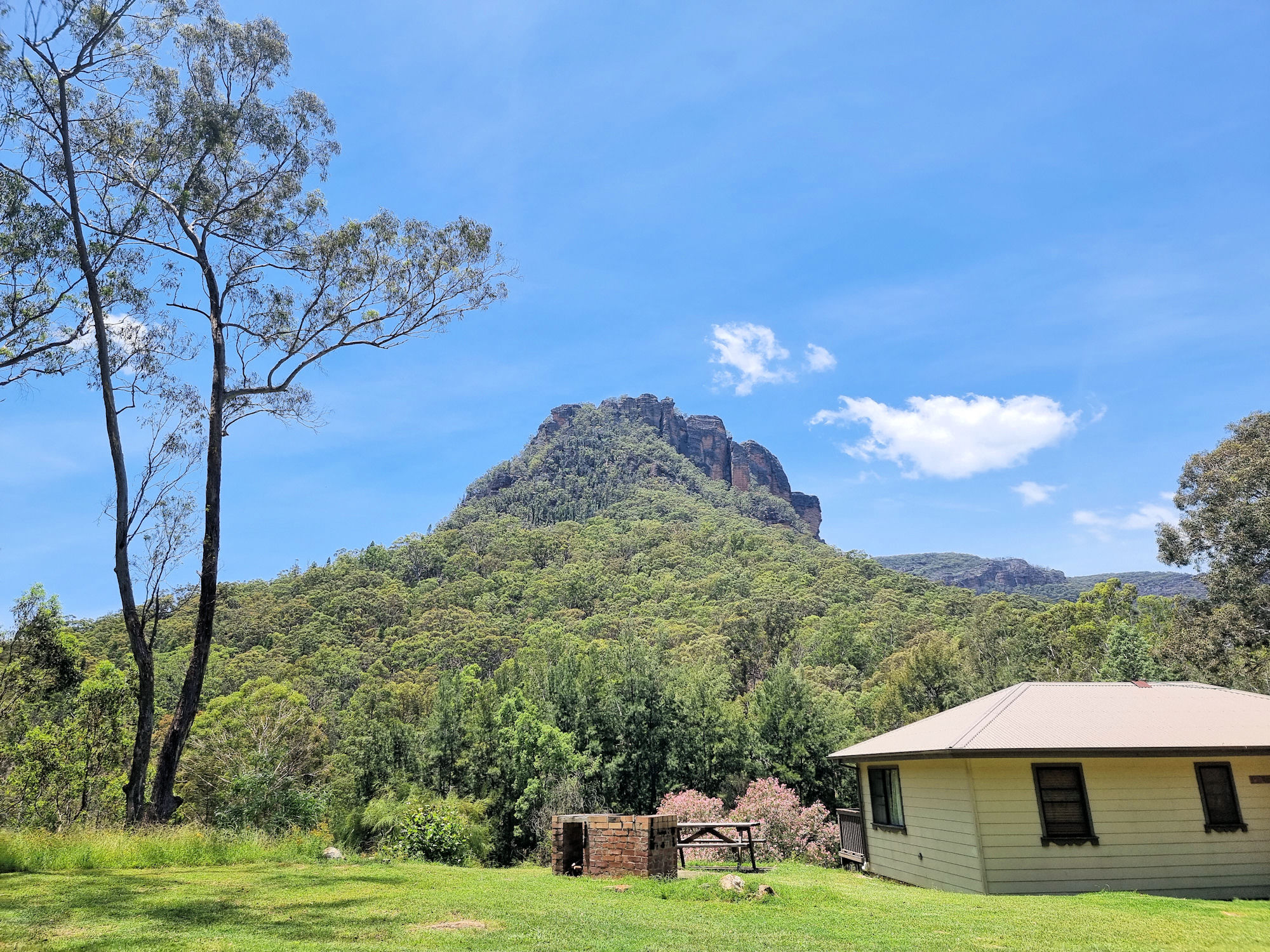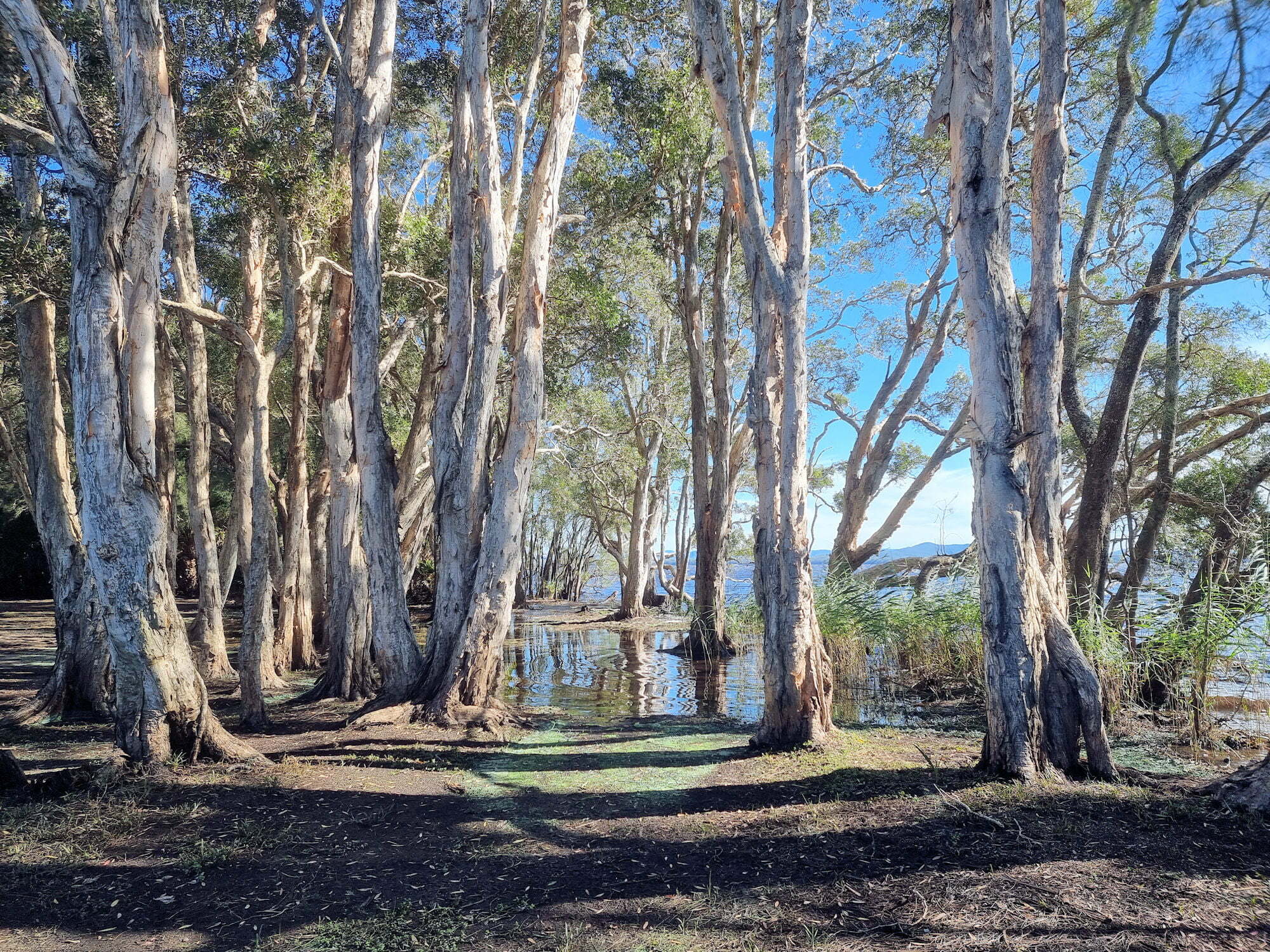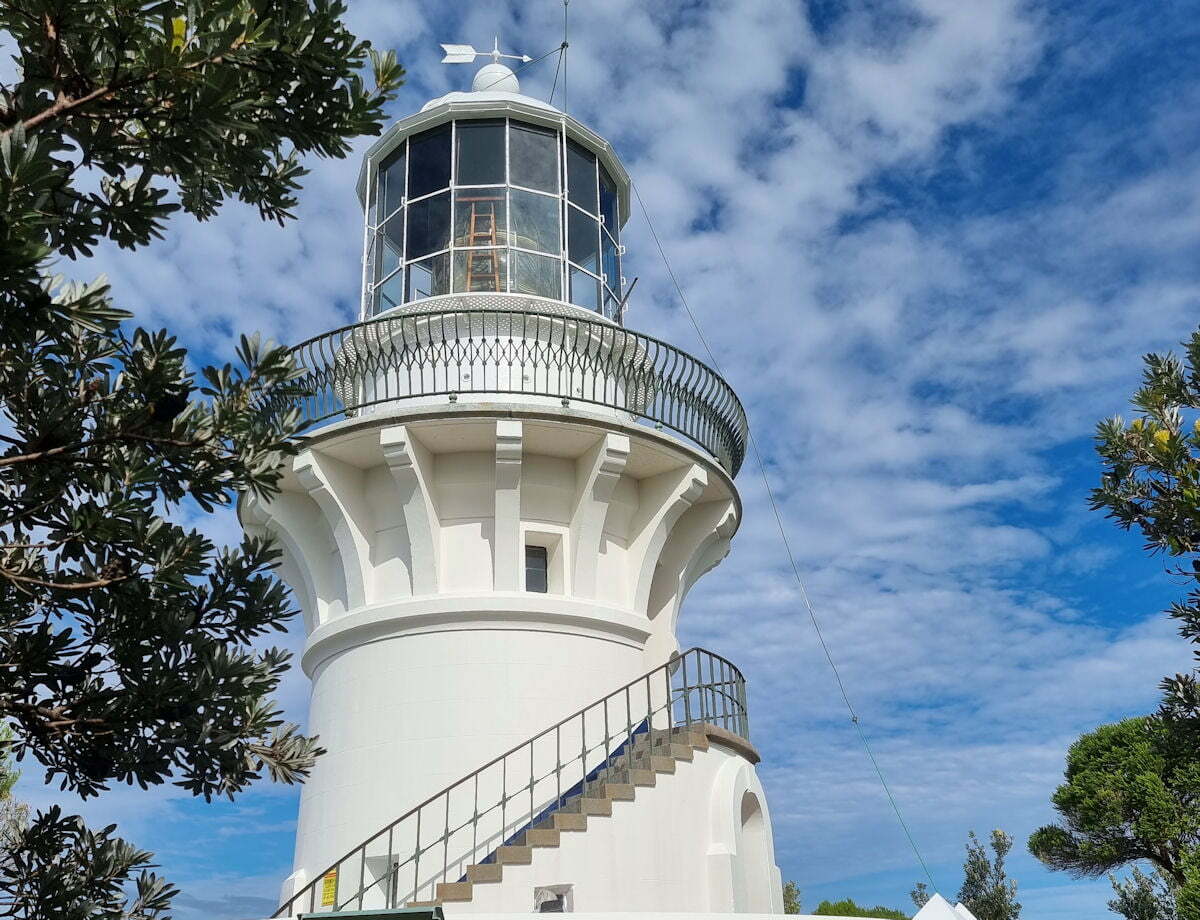Tag: National Park
-
Newnes Industrial Ruins and Bushwalking

Newnes Industrial Ruins Located in the Wollemi National Park the Newnes Industrial Ruins is a heritage listed collection of decaying ruins of a once thriving shale oil processing plant. Established in 1902 and closed in 1932 due to the availability of cheaper crude oil, all that remain are decaying buildings and processing plant. The area… Read more
-
Mungo Rainforest Walk Myall Lakes

Mungo Rainforest Walk Myall Lakes Set in the Myall Lakes National Park New South Wales Australia, the Mungo Rainforest Walk is an easy 1.5km walk near the lake shore. Getting There A 45 minutes car trip from Bulahdelah will take you via the Bombah Point Ferry. Running every 30 minutes the ferry cost us $5.50… Read more
-
Sugarloaf Point Lighthouse Seal Rocks

Sugarloaf Point Lighthouse Seal Rocks Besides amazing beaches, Seal Rocks has a lighthouse at Sugarloaf Point overlooking the ocean and more beaches. Sugarloaf Point Lighthouse stands on a headland east of Seal Rocks village. Designed by colonial architect James Barnet as his first lighthouse, it was completed in 1875. It is one of only two… Read more